Gentlemen,
Since researchers at the École Polytechnique discovered Trans-Newtonian elements in the mid-30s, France has gone from strength to strength. This technology was revealed to the world in 1937 when Germany attacked us again, and we used it to comprehensively destroy their fleet in the North Sea. That war ended with Germany under French occupation, an occupation that continues to this day. We have spent the intervening years investigating these technologies, and the English and Americans have agreed to join forces under our leadership to exploit the cosmos. Now is the time for France to take her place not only among the nations, but among the stars!
So yes, the Aurora game ended up as a sequel to the RTW2 game, and it's now time to begin with the building of ships. I'm going to leave this in your hands. I've attached the starting database, so you can simply download it, unzip it, place it in your 1.12 Aurora game, and start designing vessels. Note that you'll need to design most of your own components, although I've pre-researched some basic stuff like the standard beam weapons. Post the resulting statblocks in this thread, and we as a group will decide what sort of ships we want. In some cases (transports) this should be pretty straightforward. In others (warships) it's going to require figuring out what sort of weapons we want to work with (beams, missiles, fighters), and then building the ships to use them. Feel free to do as much or as little building as you want. Also on the table is the general industrial/research direction we want to take, and the ground forces, if anyone is interested in building those. (If not, I'll just handle that myself.)
I plan to let this discussion run for the next week, with a possible extension if things haven't been settled. At that point, I'll take the general direction of the group and implement it in the master DB, then begin play. Because Aurora is a lot more free-form than RTW2, I don't have a defined time I'll play for. Probably until something interesting happens.
Do note that I plan to stay out of the discussion as much as possible, with a few exceptions. I'll audit all designs to make sure they make sense (so, for instance, a ship that's bigger than your shipyards won't be allowed) and I'll reject anything which requires too much micromanagement on my part. Yes, your 13-ship, 4-design survey squadron is very cool and would be very efficient, but running it is going to suck a lot of the fun out of the game for me, and that's bad for the longevity of the game, as well as being annoying.

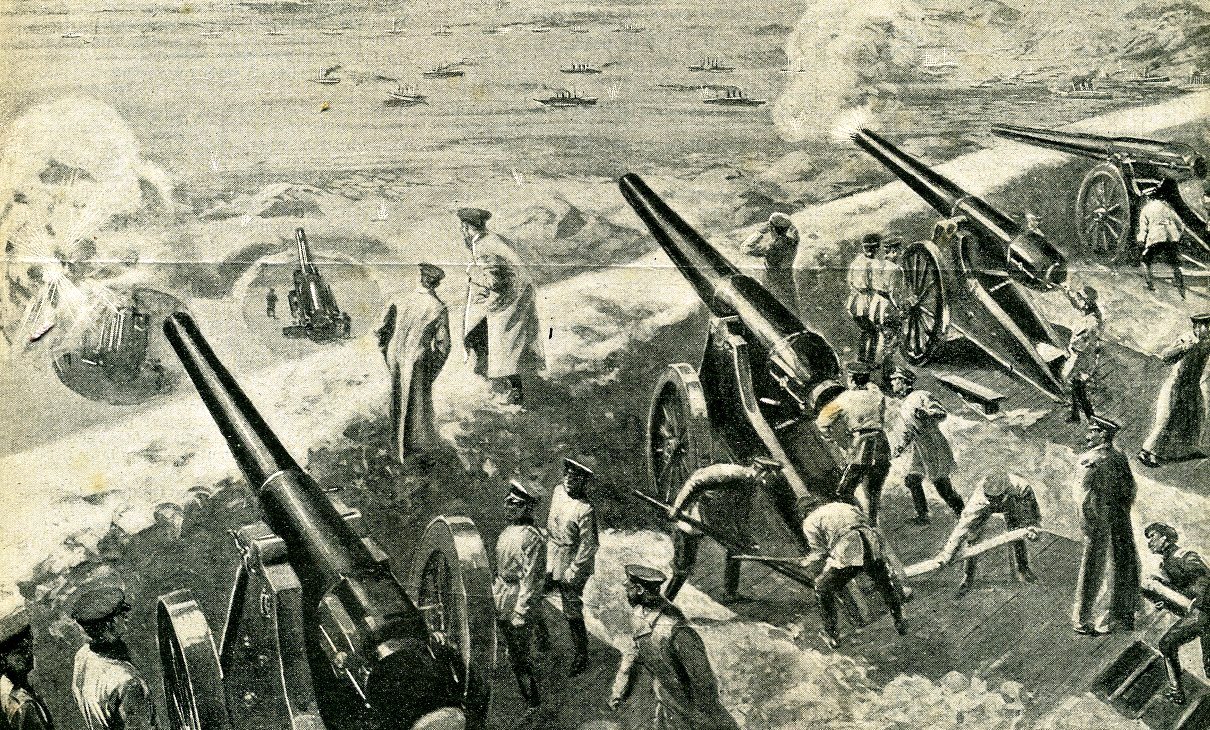

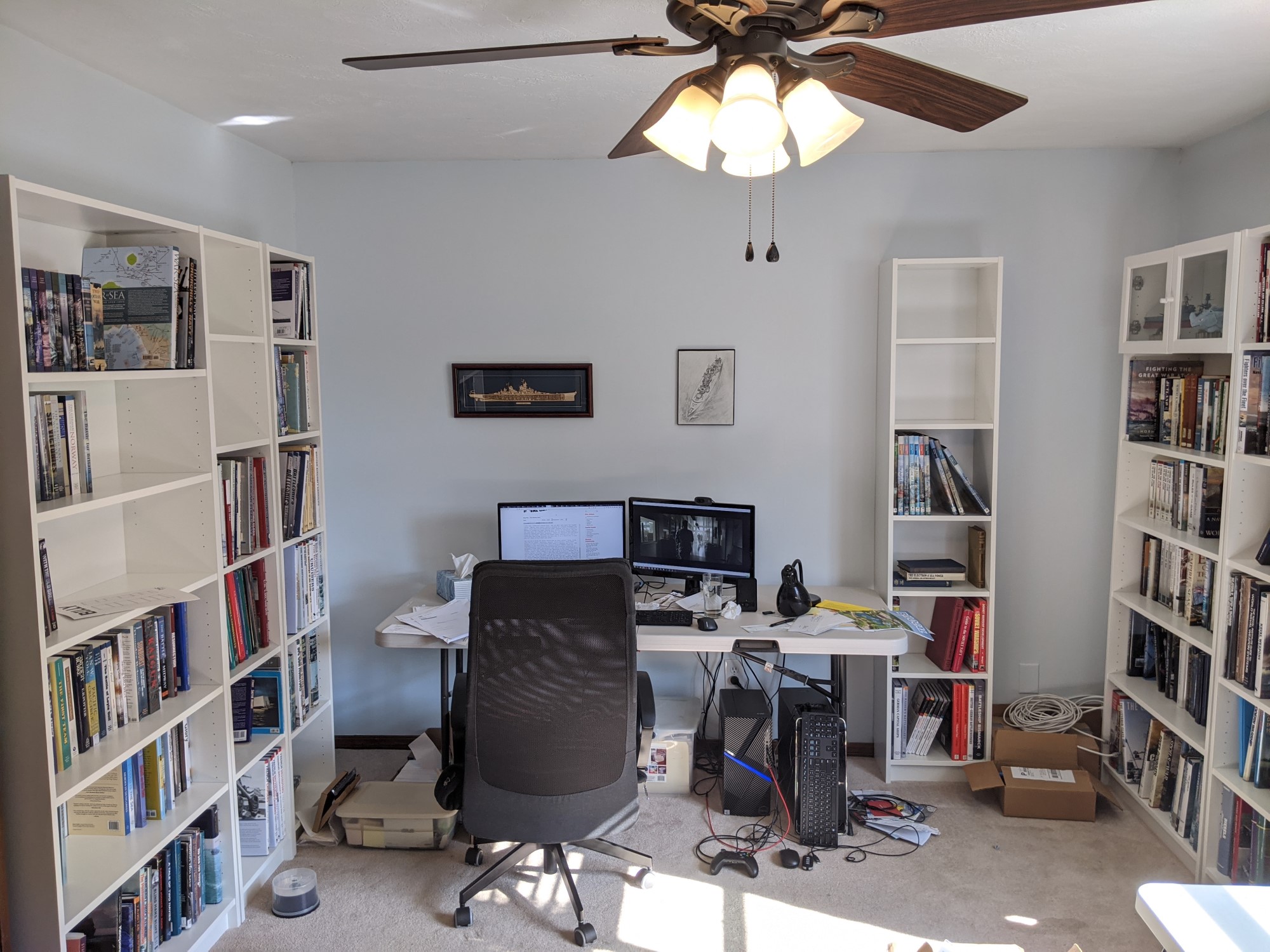
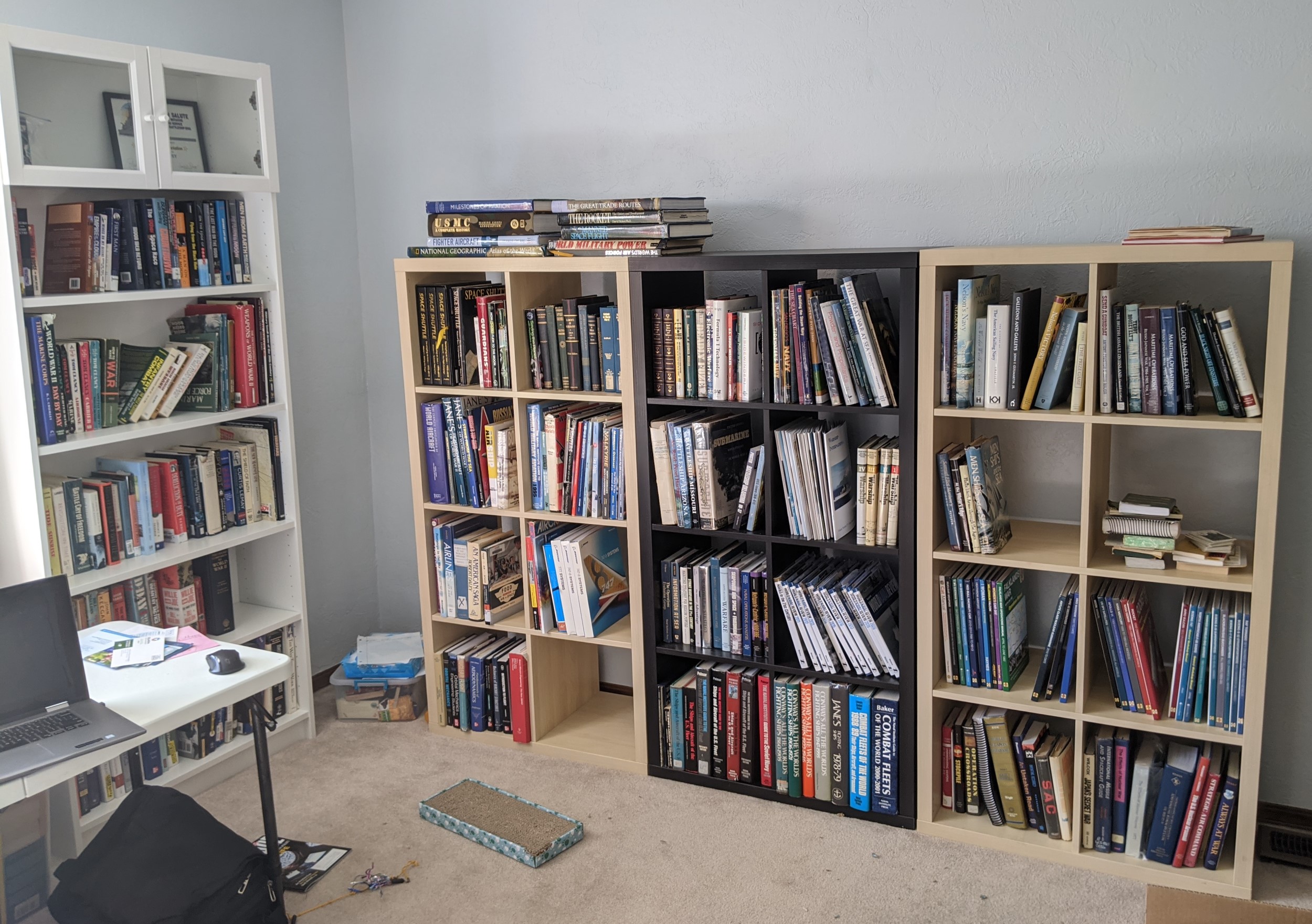
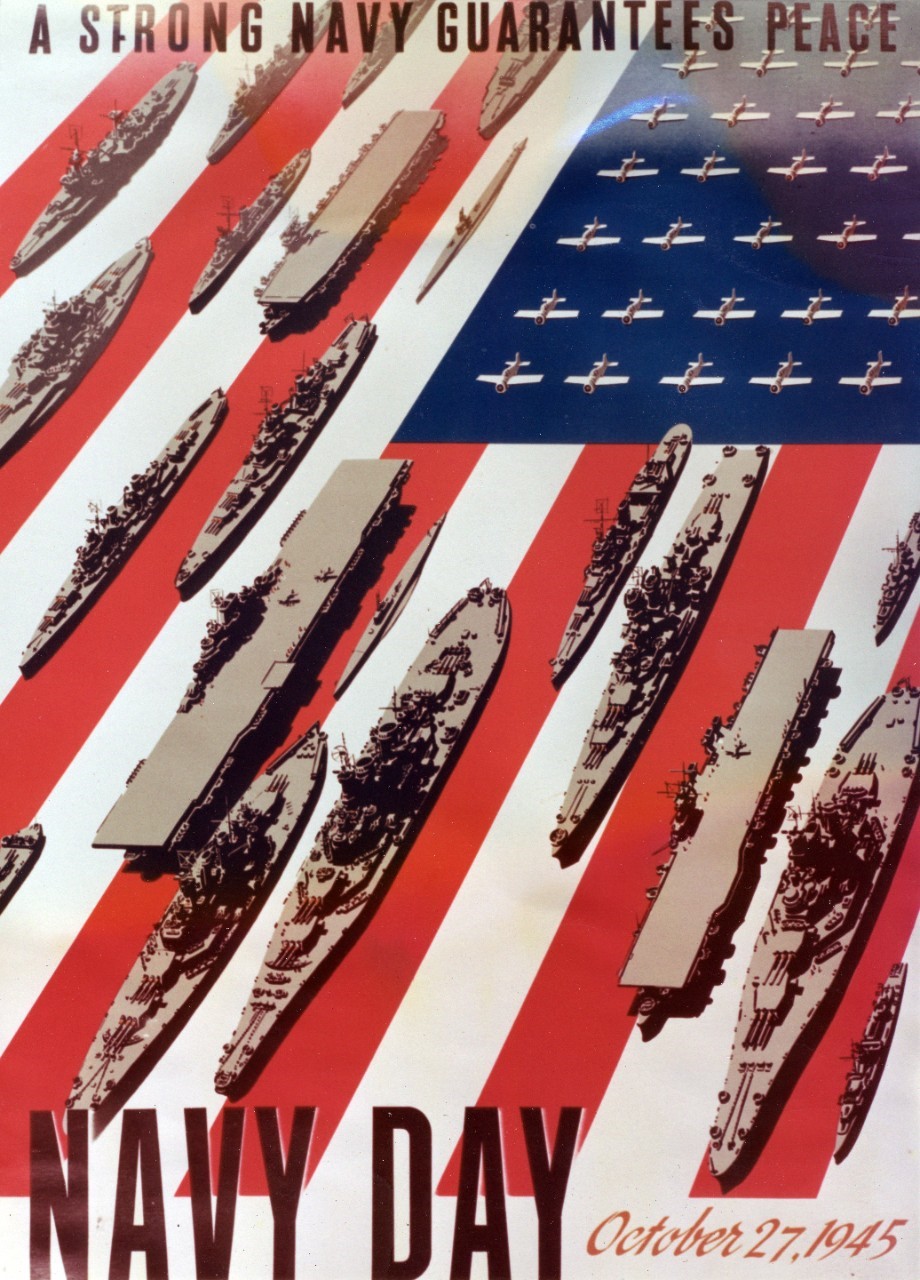
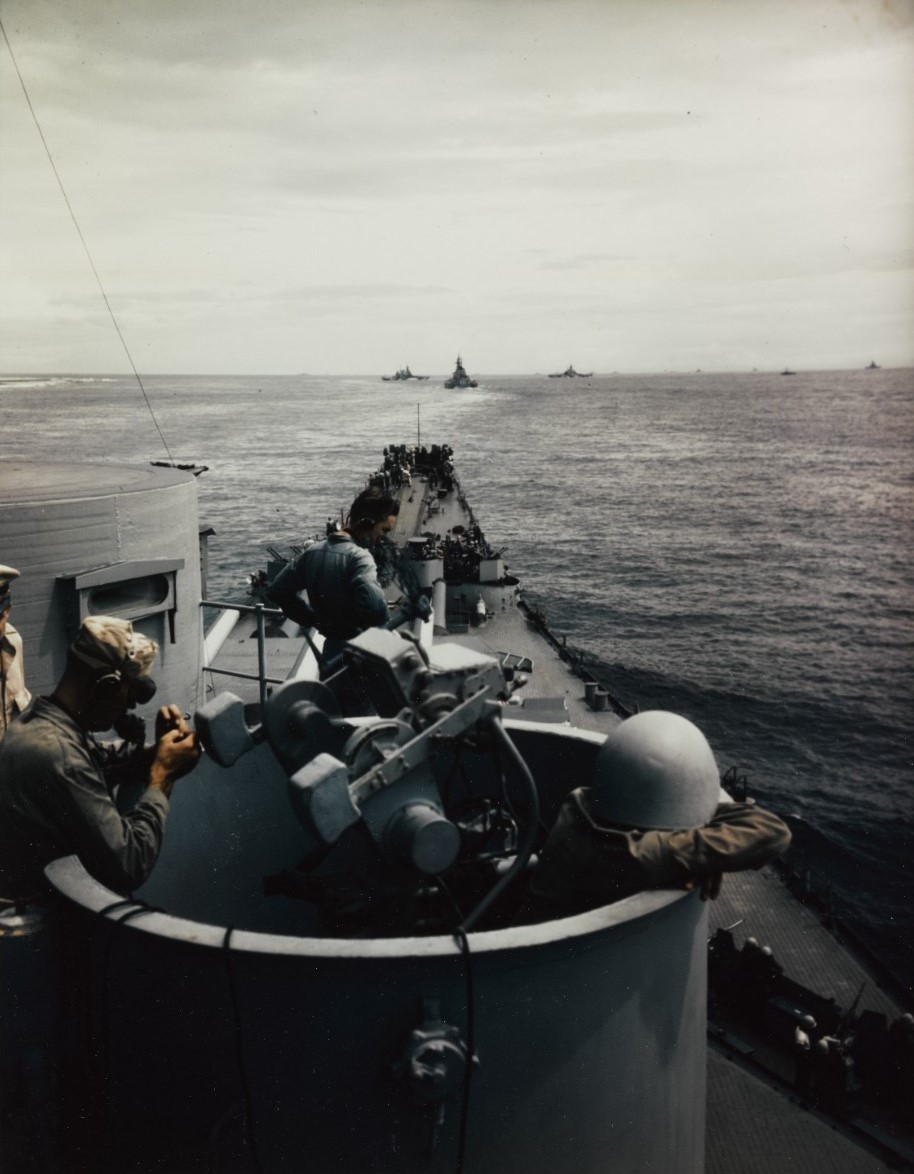
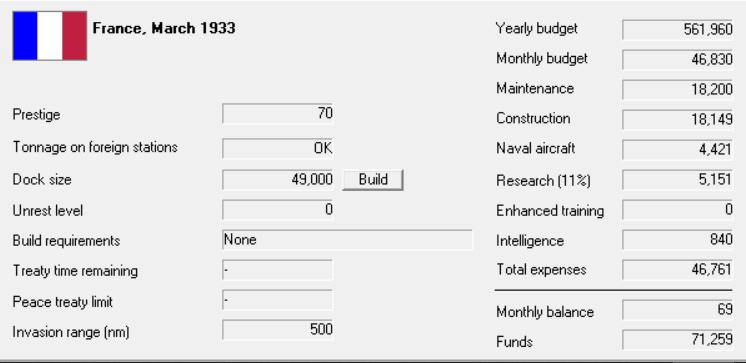
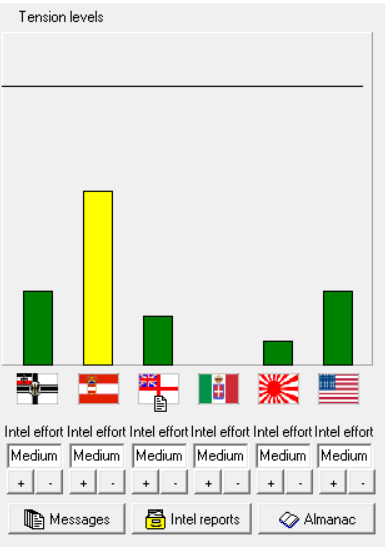
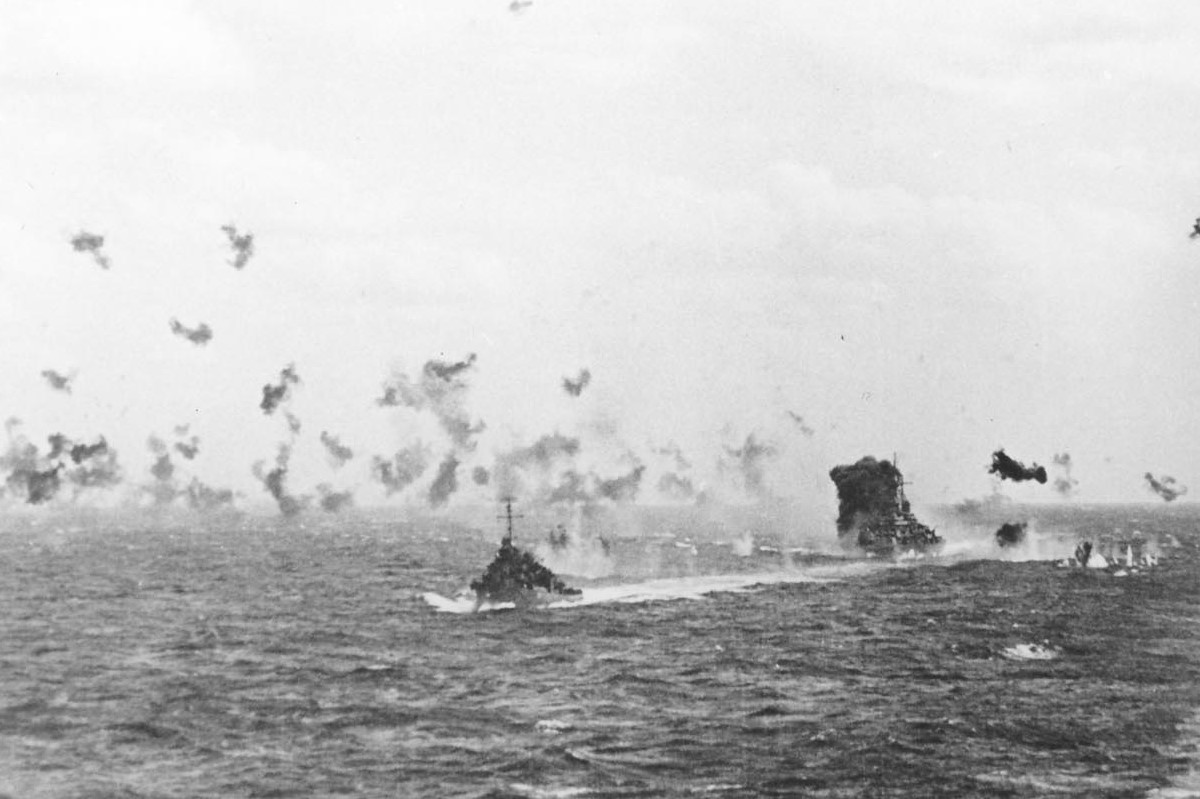

Recent Comments